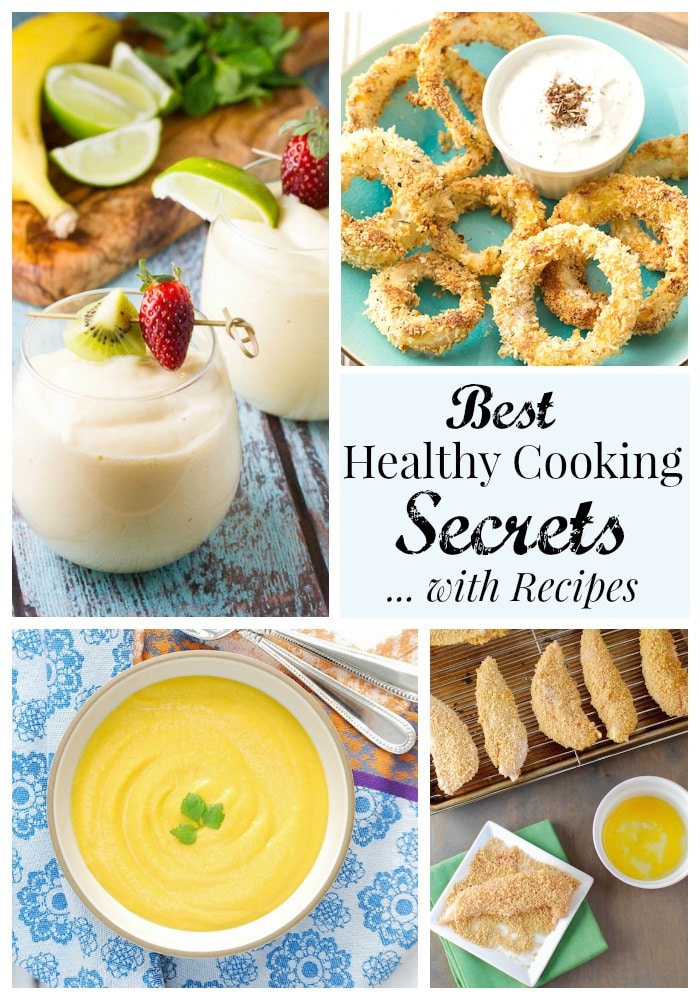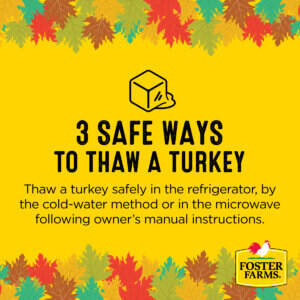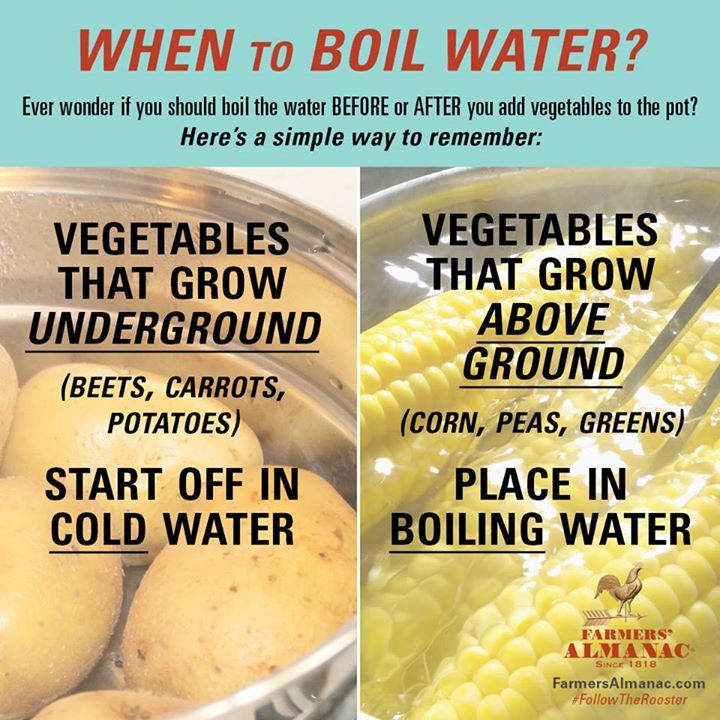
In my previous article, I spoke about the importance and application of cooking skills 101. Chef de Cuisine Joey Delago has created a class that explains each task as well as its associated skill. I covered the application of various task-based categories of cooking skills, such as activating yeast and making stock. These skills are vital for any cook and a list will help you decide which ones you should learn. I will be discussing some of the skills that you should have before you can embark on the next step in your culinary journey.
Chef de Cuisine Joey DeLago's cooking skills 101 class
Chef de Cuisine Joey DeLago's cooking skills 101 class can help you learn the basics of cooking. This hands-on class covers the essential culinary skills that you need to prepare a multi-course meal. Joey will offer tips and tricks on how to plan, prep, time, present, and more. You'll also be able share your completed meal with other home chef!
Categories of cooking skills that are task-based
The Food Agency defines cooking skills as a set of knowledge, skills, and practices that facilitate a nutritious diet. This framework acknowledges that many barriers to a healthy diet lie in the environment, but it focuses on promoting food skills by identifying appropriate measures. These measures should be easy-to-understand, can relate to other domains, be applicable across many sociodemographic levels. The following four categories have been developed to address some of the most pressing issues related to food skills.

Activating yeast
You need to know how yeast is activated if you plan to use it in your recipes. To activate your yeast, you can heat tap water and run hot water through it. In some cases, you may need to add water or sugar to the yeast. Here are some tips that will help activate your yeast. It's ready to use once the yeast has reached a bubbly stage. It is essential to activate yeast during cooking for baking success.
Making stocks
A stock can enhance the flavor of your meals and give depth to your dish. Stocks can be homemade using the flavors of vegetables, fish, and meat. Although you can use bottled water for making your stock, you might prefer to use the store-bought filtered water. There are many stock recipe options, but it is important to know the basics to ensure your stock tastes as good as possible.
Making whipped cream
Whipping cream can be used to decorate cakes and other desserts. It's easy to make, but there are some things to remember when making this classic dessert. Although it appears to be slightly melted, it is actually quite different. Instead of a loose consistency, whip cream should have a fluffy, slightly curled peak that sticks with the whisk and doesn’t dissolve immediately. Soft peaks can also be made by beating the cream using a spoon until the cream holds its shape.

Melting chocolate
Learning how to melt the chocolate is a must-have skill if you want to create amazing desserts. It is not an easy task. These tips will help you to get the job done quickly with minimal mess. First, you must know the correct technique. There are two ways to melt your chocolate. Double boiler is a method that uses a heatproof saucepan or pan with a glass bottom or stainless steel base, and is set over a pot of simmering water. You should use this method slowly and avoid letting the water splash into your bowl.
FAQ
How do you get hired as a Chef?
A culinary arts degree is the first step to a career as a chef. Next, join a professional organisation such as ACF. This organization offers certification exams and networking opportunities.
How much does culinary school cost?
Costs for culinary school vary depending on where you live, how long you study and which program you choose. The average tuition ranges from $10,000-$30,000 per year. The majority of students graduate with around $20,000 in student debt. Some programs offer work-study, grants, scholarships and grants.
Are there any requirements to become a chef?
No. No. Some chefs even attended culinary school to gain more experience. But most chefs prefer culinary school as it offers them more opportunities for learning and growth. Culinary schools give students hands-on experience, which allows them to develop valuable skills as well as improve their culinary knowledge.
How do I learn about cooking and baking?
Cooking classes are available throughout the country. Many schools offer courses in baking, pastry, and wine tasting. If you want to learn more about cooking, you can enroll in a class at a local community college or vocational school, or attend one offered by a private institution.
How to Become a Chef?
There are many ways to become a chef. To start, you can take a course at your local community college. Consider attending culinary school. You can also apply for a paid internship.
Statistics
- under 10 Kids have been taught that there is special food just for them, and Fiese says that 10 percent of kids will throw a tantrum if they don't get the food they want. (washingtonpost.com)
- According to the BLS, chefs earn $58,740 a year. (learnhowtobecome.org)
- In the United States, the category is estimated at $23.2 billion annually and is growing faster than the market. (washingtonpost.com)
External Links
How To
How to make the perfect omelet
Omelets are my favorite breakfast dish. But how do you create them perfectly? I've tried many different methods and recipes, but none of them seem to work! I have some tips and tricks to help you make delicious, fluffy omelets every single morning.
It is important to know that eggs can be temperamental when making omelets. Eggs must be purchased fresh, preferably organic, and kept chilled until ready for cooking. The yolks and whites will not form properly if they aren't kept cold enough. This will make your omelets appear strangely colored. It is best to use room-temperature eggs if you are going to cook them right away.
Another tip is to separate the egg before adding it to the pan. Because this could cause your omelet to become curdled, you don't want any yolk to be mixed with any white.
The bottom part of an egg that is added directly to the stovetop might be burned, which could cause a ruined texture in your omelet. Instead, put the egg in the microwave for 10 seconds before putting it into the pan. The heat from the microwave cooks the egg just enough without overcooking it.
Let's now talk about mixing eggs. Mix eggs well together. You need to turn the bowl of the mixer upside down. Now shake the bowl vigorously. This way, the air inside the bowl gets whipped around and mixes the egg thoroughly.
Now comes the fun part - pouring the milk into the mixture. Pour half the milk into the beaten egg mixture and then fold in the eggs. If you still see streaks of eggs, don't worry. These streaks will disappear once the omelet has been turned over.
After you have folded your eggs, heat up the oil on medium heat. Wait for it to get hot. Once the oil starts getting hot, add 1/4 cup of butter to the pan and swirl it around to coat the entire surface of the pan. The lid should be carefully opened. Sprinkle salt in the pan. A pinch of salt will help prevent the omelet from sticking to the pan.
Once the omelet forms, cover the pan again. Let the top side set completely. Flip the omelet with a spatula, or flip it upside down. Cook the other side for about a minute. Remove the omelet from the pan and serve immediately.
This recipe is best when used with whole milk. But, you can use skimmed milk as well.